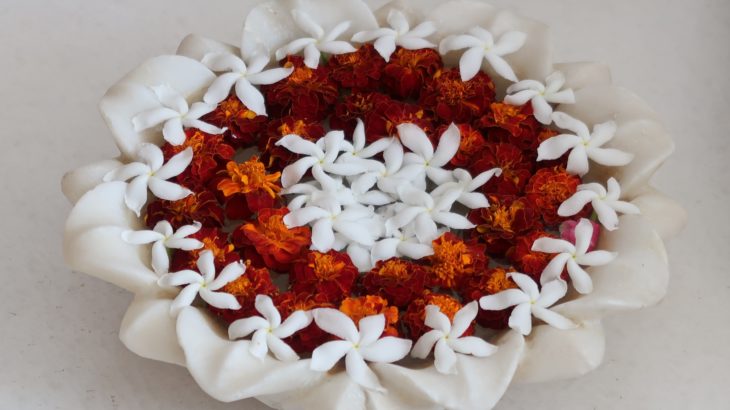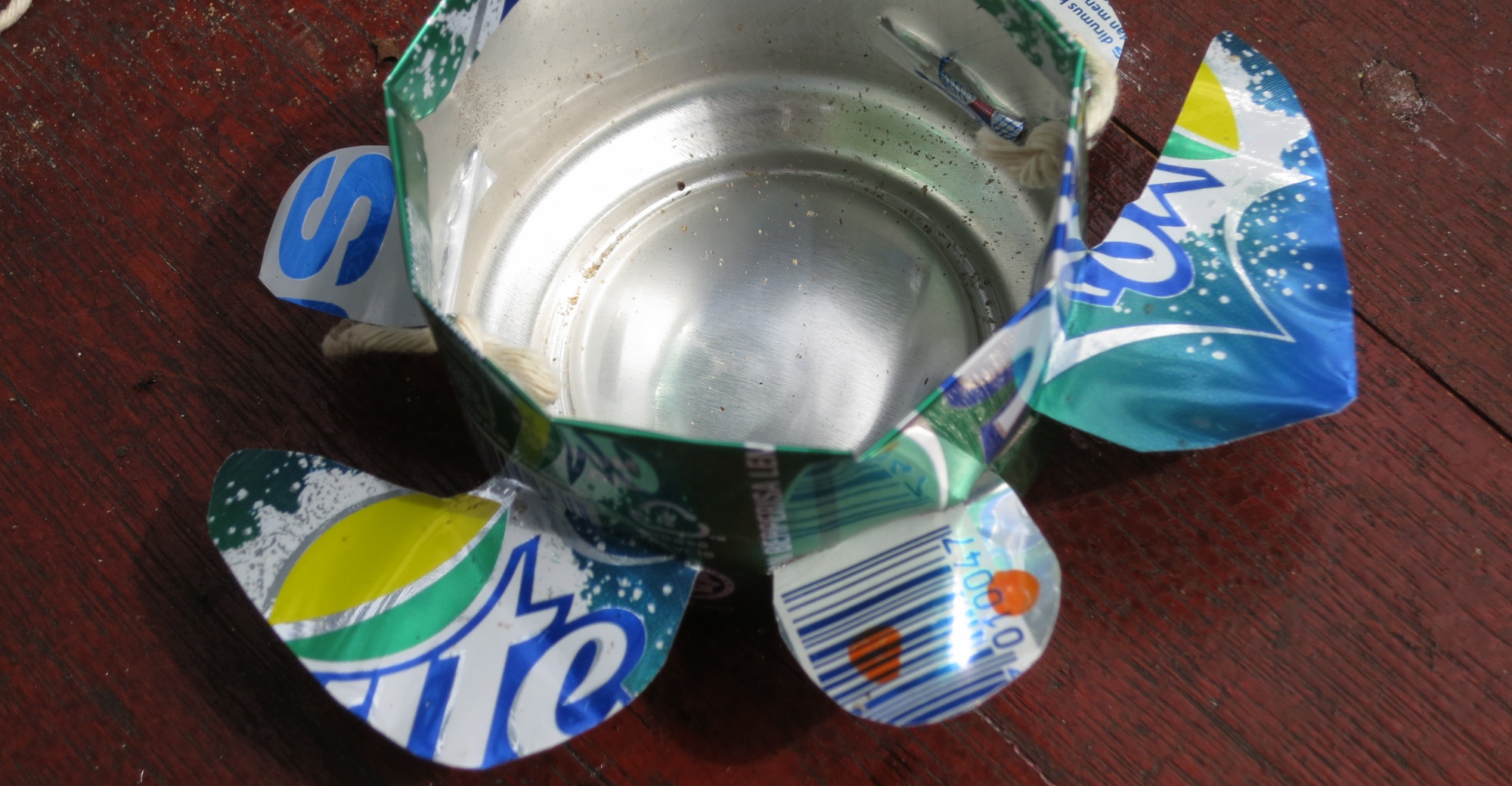Last week I had a bit of time out, from technology, and that included my blog, so apologies for the absent post. Yesterday, Earth Hour was celebrated around the world, so I thought it a good time for this particular post to share my experience of ‘switch off’, with Vipassana.
My ability to focus and think clearly or relax and chill, doesn’t come easily sometimes… I need to ‘switch off’ regularly. I personally blame technology and particularly the internet, so try to control my reliance on it in daily life. I find many ways to do this, but it’s not always enough!
Everyone needs a proper break from time to time… most people take a holiday, and I am of course no different. However, a couple of years ago, I went on a Vipassana retreat and experienced a full Digital Detox and living in noble silence.
No electronic devices, no reading material, nothing to write with, no music, no contact or communication. Just meditation.
As my previous post indicated, it wasn’t easy.
I’ve had quite a few questions about my experience, that perhaps weren’t covered in my earlier mumblings. So for those of you who might be interested, here’s a little more detail from my time on the Vipassana retreat.
Mixed feelings
The initial technique, for the first 3 days, called Anapana, is a breathing meditation. With meditating for around 9 and a half hours a day from 4.30am to 8pm. It sometimes felt like I was in trance.
Meditate, eat, wash, meditate, drink, meditate, eat, meditate, drink, meditate. Hour after hour, in some ways was an escape from reality. But it did feel a bit like a self inflicted prison, at first.
By day three, I had started questioning what I was doing there. Determined not to quit, I struggled on.
Despite this, silent living became some what natural. I particularly cherished the comfort of mealtimes, eating in silence.
However, there were moments when internally I was screaming.
My state of mind was up and down. Apparently all perfectly normal reactions.
Yet it still got harder.
Vipassana technique
On day 4, the promise of Vipassana, gave me a little boost. But, the first time I sat through ‘the technique’ itself, was one of the most excruciating hours of my life.
Scanning the body and observing sensations without reacting was sometimes unbearable. Literally not moving was, of course, the hardest part.
The key, to understand that sensations like the rest of life’s experiences, are all impermanent. They will pass. Read more about what exactly Vipassana involves in my other post.
It did eventually get easier.
My journey through the experience of sitting completely still for a full hour, 3 times a day, changed. I stopped counting down the days and started to be grateful for the time.
At around day 7 I was finding it easy. The thought of it nearly being over was urging me to make the most of the time that was left.
In the end it was a comfort blanket; a safe place.
The shock of being allowed to speak on day 10, was a little bit strange and unnerving. As others broke into chatter, I was happy to stay silent. Of course I adjusted back to normality fairly easily, but it felt overwhelming at first.
Seeing things as they really are
I would liken my experience of Vipassana to some of my early days spent as a solo traveller. The escape and periods away from technology and without means of communication were refreshing.
However, seeing and accepting things as they really are didn’t come easily. The sensations in our body are reactions to life’s events, and we constantly judge them as good or bad. We crave the good experiences and dread the less pleasant ones. Becoming attached or creating aversion.
Vipassana opened my eyes. However, it is easy to forget and I have to remind myself sometimes what it’s like to completely ‘switch off’.
Limiting access and use of technology is difficult in these modern times, but I find it’s the best way to ‘switch off’.
Fancy finding out more about Vipassana or taking a course… read other my post, if you haven’t already, and check out the Vipassana website.




